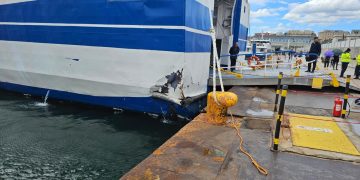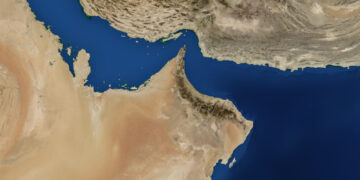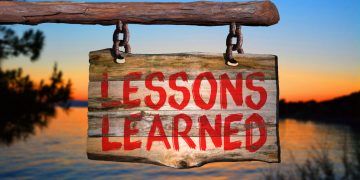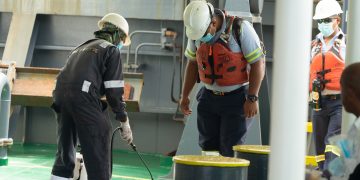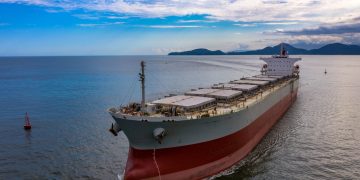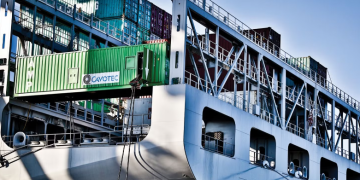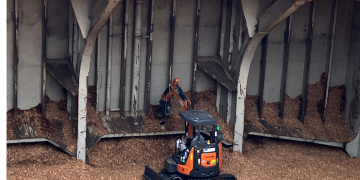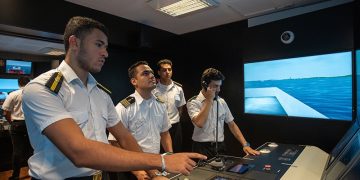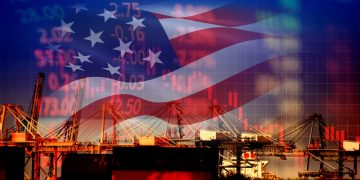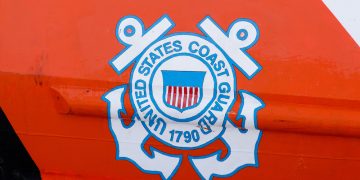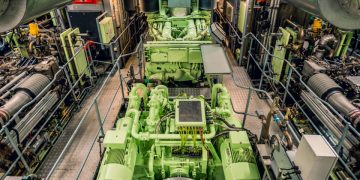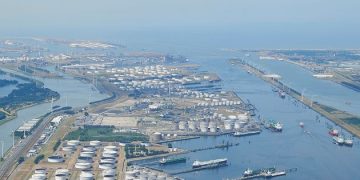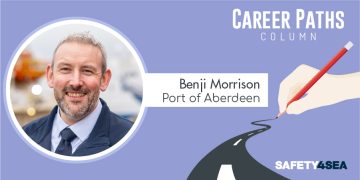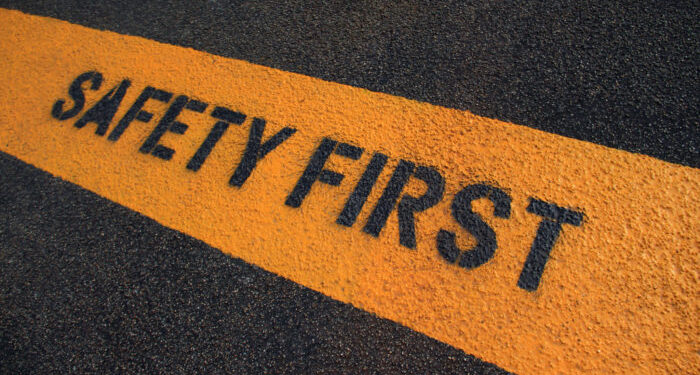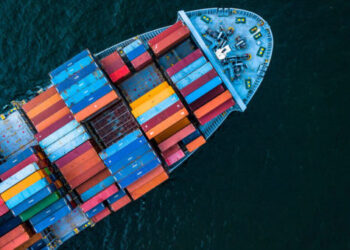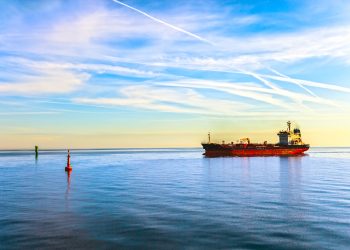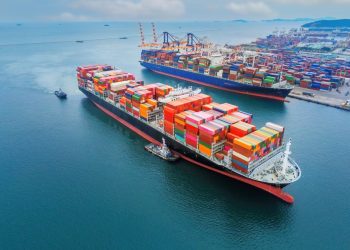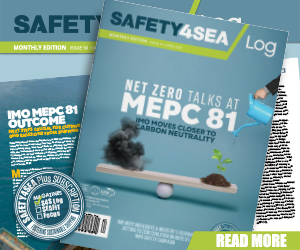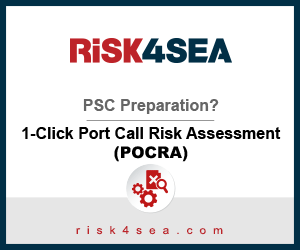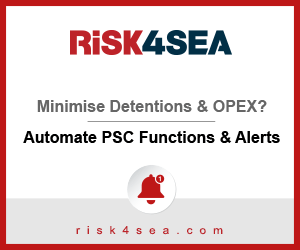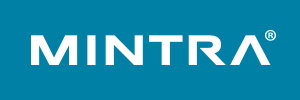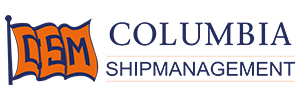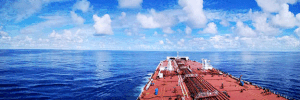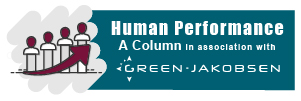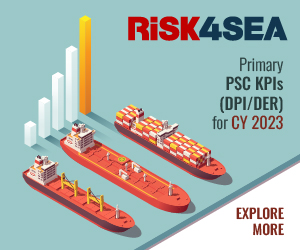After receiving several notifications from vessels reporting fall incidents while working at height, the Australian Maritime Safety Authority (AMSA) issued a marine notice informing of the risks and safety measures to be taken.
Accordingly, during the first six months of 2020, the Authority received ten separate incident notifications from ships that involved a fall while working at height. Two of these incidents resulted in the deaths of crewmembers who fell during cargo hold cleaning operations.
Below, AMSA gathered the risks of working at height:
Falls can occur anywhere on a ship such as
- from ladders
- gangways
- over the side
- stairs in machinery spaces.
When adding slippery surfaces and ship motion, the risk of a fall is high.
Examining height safety is particularly important for the maritime industry because of the inherent risks of working aloft at sea, including slippery surfaces, extreme heights and ship motion.
As many tasks on a ship require working at height, it is crucial to control and manage the risks involved.
Working at height safely
AMSA recommends that the elimination of working at height is the most effective way of protecting crew from the risk of falls. However, on ships this may not always be possible, hence, effective risk control measures must be in place to mitigate or reduce the risk of a fall.
The primary risk control measures are the ship’s safety management system procedures, permit to work processes and training. Procedural risk controls, such as risk assessment and permit to work systems, are essential tools to manage high-risk activities such as working at height. Using these tools helps you to identify risks and measures to control, or reduce the risk.
In addition, physical risk and control methods are equally important.
Temporary work platforms are one method of reducing risk when working at height. These can include scaffolds, elevating work platforms, and personnel cages lifted by cranes.
The risk assessment should also consider what to do if something goes wrong – how will you rescue someone who is injured at height, or is suspended from fall arrest equipment?
Ways to reduce fall incidents:
#1 Addressing the broader issues in height safety practices.
#2 Managers and ships masters have a role to play in ensuring the safety of ship’s crew by:
- ensuring all crew are familiar with the working at height risk assessment and procedures,
- ensuring all work at height is adequately supervised,
- ensuring safety training, including that required for working at height, is a top priority,
- ensuring permit to work systems are in place, effective, and are used,
- managing workload and ensuring that fatigue is effectively controlled
- ensuring suitable equipment (including rescue equipment) is available for use for working at height.
#3 Seafarers also have a responsibility to:
- follow procedures,
- ensure they use the proper safety equipment for the task at hand,
- know how to use safety equipment,
- report defects,
- not take any unnecessary risks.


